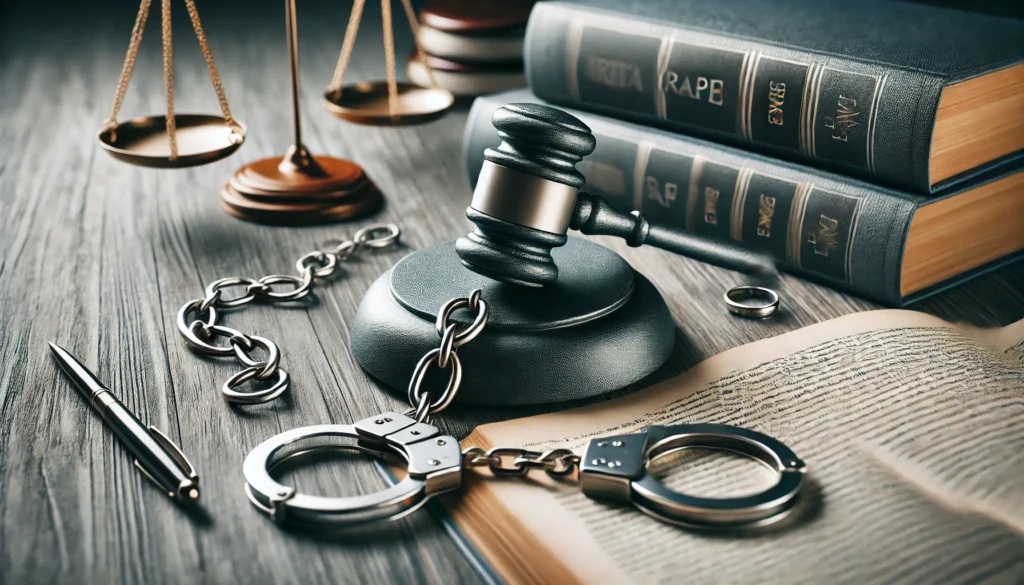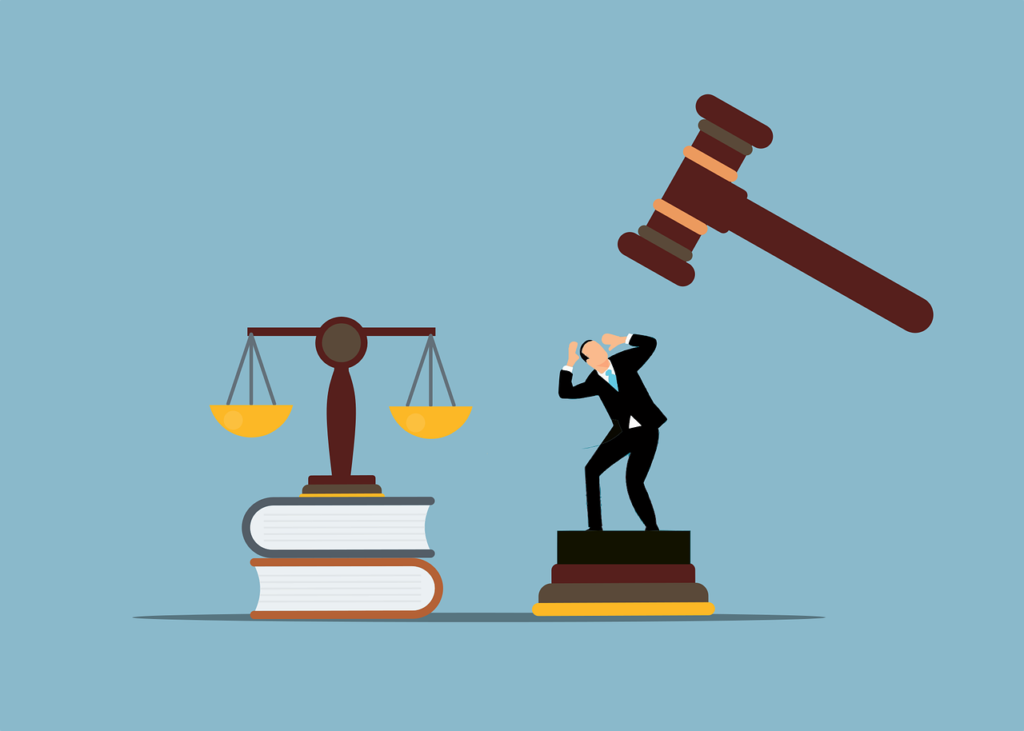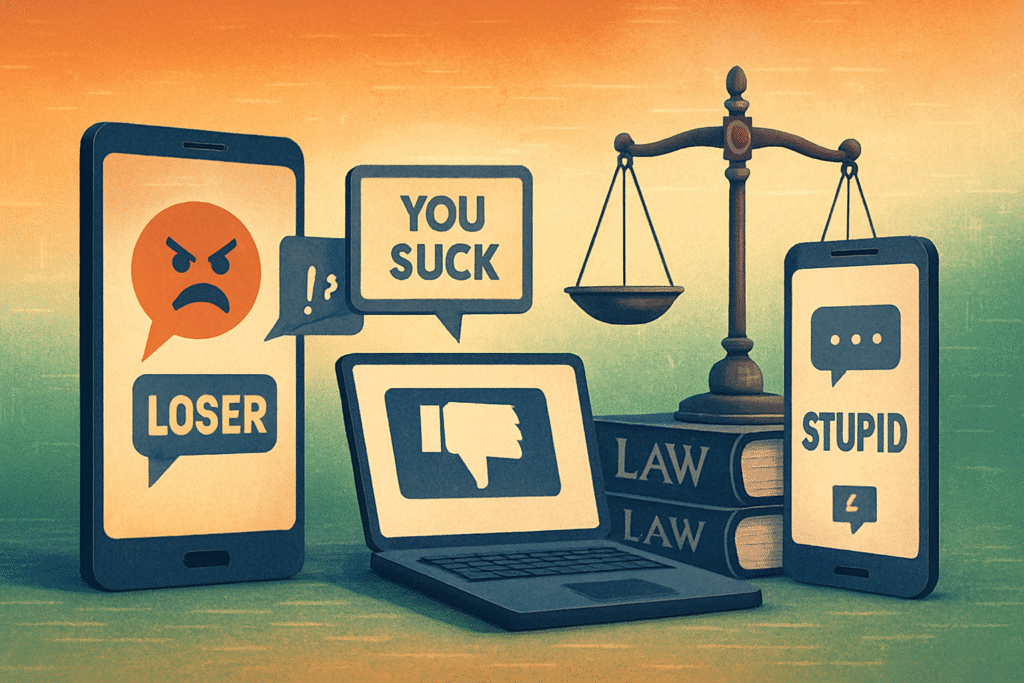Published on 15th July 2025
Authored By: Drashti Jain
Sage University Indore
Introduction
The practice of capital punishment in India continues to spark considerable debate, as the legal community and human rights advocates grapple with balancing the principles of justice against the protection of fundamental rights. Although the death penalty remains a legal form of punishment, its implementation has been significantly constrained through judicial decisions, particularly by the Supreme Court of India. Central to the discourse is the question of whether capital punishment serves as an effective deterrent or whether it violates basic human rights, especially in light of wrongful convictions and arbitrary enforcement.
Capital punishment, commonly referred to as the death penalty, is one of the most severe sentences imposed by the judiciary for crimes considered exceptionally grave. In India, although still legally sanctioned, the death penalty’s imposition has been significantly limited through evolving legal interpretations and reforms. Proponents argue that it deters heinous crimes, while opponents highlight its potential for human rights violations, wrongful convictions, and its disproportionate impact on marginalized communities. The death penalty remains applicable for serious crimes such as murder, terrorism, rape resulting in death, and drug trafficking, as outlined in various provisions of the Indian Penal Code (IPC) and special laws like the Prevention of Terrorism Act (POTA) and the Narcotic Drugs and Psychotropic Substances Act (NDPS).
Despite global movements advocating for the abolition of capital punishment, India maintains its application under the doctrine of the “rarest of rare” cases, a legal principle established by the Supreme Court in Bachan Singh v. State of Punjab (1980). The ongoing debate surrounding the death penalty in India encompasses questions of its effectiveness in crime deterrence, ethical implications, and conformity with international human rights standards. Although the judiciary has made strides in promoting fairness and caution in such cases, concerns persist regarding prolonged delays in execution, inconsistent application, and the mental anguish experienced by death row inmates. This article explores the legal landscape and judicial precedents concerning the death penalty in India, examines key court rulings, and addresses the associated human rights challenges.
The constitutionality of the death penalty in India has long been a subject of scrutiny. Critics argue that it infringes on the right to life under Article 21 of the Constitution. However, the Supreme Court has consistently upheld its constitutionality, emphasizing its application only in the most exceptional circumstances.
Relevant Legal Cases
- Jagmohan Singh v. State of Uttar Pradesh (1973): This landmark case marked the first major constitutional challenge to the death penalty. The petitioner claimed it violated Articles 14, 19, and 21. The Supreme Court upheld the sentence, asserting that it was administered fairly and in accordance with due process.
- Rajendra Prasad v. State of Uttar Pradesh (1979): The Court held that the death penalty should only be applied when public interest or state security was directly threatened. The judgment emphasized prioritizing rehabilitation and reform unless capital punishment was absolutely essential.
- Bachan Singh v. State of Punjab (1980): This case established the “rarest of rare” doctrine, affirming the constitutionality of Section 302 of the IPC and stipulating that the death penalty should only be imposed when life imprisonment is unquestionably inadequate.
The “rarest of rare” doctrine has been further clarified in subsequent cases to ensure that capital punishment is applied judiciously and not arbitrarily. The doctrine considers several crucial factors:
- Brutality of the Crime: If a crime is committed in a particularly cruel, gruesome, or barbaric manner, it may warrant the death penalty. In the Nirbhaya case (2020), the extreme violence and public impact justified capital punishment.
- Intent and Planning: Premeditated crimes motivated by political or selfish objectives increase the likelihood of the death penalty. For instance, in Dhananjoy Chatterjee v. State of West Bengal (1994), the Court upheld the death sentence of a security guard who raped and murdered a young girl.
- Impact on Society: Crimes that provoke widespread fear or threaten national security may be punishable by death. In Yakub Memon v. State of Maharashtra (2015), related to the 1993 Mumbai bombings, the offense was deemed a national security threat.
- Possibility of Reform: If the accused shows remorse or the potential for rehabilitation, courts may lean toward leniency. In Santosh Kumar Bariyar v. State of Maharashtra (2009), the Supreme Court commuted a death sentence, citing inconsistencies in the application of the doctrine.
The Possibility of Wrongful Convictions in Death Penalty Cases
The irrevocable nature of the death penalty underscores the importance of addressing wrongful convictions. Miscarriages of justice can result from several systemic flaws, such as flawed investigations, police misconduct, inadequate defense, and judicial oversight.
Factors Contributing to Miscarriages of Justice:
- Wrongful Imprisonment: Coerced confessions, false evidence, and unreliable witnesses often result in wrongful convictions. Many on death row in India come from impoverished backgrounds, making them vulnerable to flawed legal processes.
- Police Misconduct: Law enforcement officials, under pressure to resolve high-profile cases, may resort to shortcuts, including torture and evidence fabrication. The Akshardham terror case (2002) is a striking example, where the Supreme Court overturned the convictions in 2014 due to insufficient evidence and investigative errors.
- Lack of Effective Legal Counsel: Due to financial limitations, many defendants cannot afford competent lawyers. The Death Penalty India Report (2016) found that over 70% of individuals on death row were from economically disadvantaged backgrounds, often lacking proper representation.
Exceptional Cases of Miscarriage of Justice
- Shashi Nayar Case (1991): The Supreme Court sentenced a woman to death based on circumstantial evidence, sparking debates about the fairness of capital punishment.
- Santosh Kumar Bariyar v. State of Maharashtra (2009): The Supreme Court acknowledged inconsistencies in its previous judgments, highlighting arbitrary application of the death penalty.
- Davinder Pal Singh Bhullar Case (2013): Initially sentenced to death for a 1993 bombing, doubts about the fairness of his trial and execution delay led to the commutation of his sentence to life imprisonment.
Discriminatory Nature of the Death Penalty
The implementation of the death penalty in India has drawn criticism for disproportionately affecting marginalized groups, including the poor, minorities, and those with limited access to legal aid. The Death Penalty India Report (2016) by NLU Delhi revealed systemic and socio-economic biases in capital sentencing.
- Socio-economic and Caste Discrimination:
- Most death row inmates come from financially weaker sections.
- Over 70% belonged to Dalit, Adivasi, or minority communities.
- Wealthier defendants can afford skilled lawyers and negotiate plea deals, whereas the poor depend on overburdened public defenders.
- Shatrughan Chauhan v. Union of India (2014): The Supreme Court noted that prolonged delays in mercy petitions particularly affect underprivileged prisoners lacking legal and political support.
- Religious and Caste Bias:
- Data indicates overrepresentation of Muslims and Dalits on death row.
- Biases in investigation, judicial perceptions, and media narratives contribute to this disparity.
- Yakub Memon v. State of Maharashtra (2015): Many questioned whether Memon’s punishment was excessively harsh due to public and political pressure, despite other masterminds evading justice.
- Regional Disparities in Death Sentencing:
- States like Uttar Pradesh, Madhya Pradesh, and Bihar impose the death penalty more frequently than southern states like Kerala or Tamil Nadu.
- Political climates and public sentiment in high-crime areas often influence harsh sentencing.
- Gender Bias in Capital Sentencing:
- Historically, women are less likely to receive the death penalty than men, even for similar crimes.
- The judiciary often perceives women as less capable of brutality, resulting in fewer death sentences.
- Shabnam v. State of Uttar Pradesh: One of the rare cases where a woman was sentenced to death for mass murder.
- Media and Public Influence:
- Sensational media coverage and political pressure in high-profile cases can lead to swift and severe verdicts.
- In contrast, similar cases in rural areas may receive limited attention, leading to inconsistent sentencing.
- Nirbhaya Case (2012): Public outrage significantly influenced the expedited executions in 2020.
International Human Rights Standards on the Death Penalty
Globally, there is a growing consensus that the death penalty violates fundamental human rights. International conventions and organizations argue it contradicts the right to life and the prohibition of cruel, inhuman, and degrading treatment.
- Universal Declaration of Human Rights (UDHR), 1948:
- Article 3: Ensures the right to life.
- Article 5: Prohibits torture and cruel, inhuman, or degrading treatment.
- International Covenant on Civil and Political Rights (ICCPR), 1966:
- Article 6: Limits executions to the most serious crimes.
- Second Optional Protocol (1989): Advocates for the abolition of the death penalty.
- India has signed but not ratified the Protocol, retaining the right to impose capital punishment.
- UN Resolutions and Human Rights Council:
- UN General Assembly Resolutions (2007, 2012, 2018, 2020) call for a global moratorium.
- The UN Human Rights Council frequently critiques countries where legal safeguards are insufficient.
- European Convention on Human Rights (ECHR), 1950:
- Protocol No. 6 (1983): Abolished the death penalty except in wartime.
- Protocol No. 13 (2002): Abolished the death penalty in all circumstances.
- African and American Human Rights Standards:
- African Charter on Human and Peoples’ Rights (1981): Supports the right to life.
- American Convention on Human Rights (1969): Encourages the gradual abolition of the death penalty.
- Global Trends:
- Over 144 countries have abolished the death penalty in law or practice.
- Retaining countries include India, China, Iran, Saudi Arabia, and the United States.
- The trend is shifting toward replacing it with life imprisonment without parole.
- India’s Position:
- India maintains capital punishment for extreme cases such as terrorism and brutal crimes.
- However, it limits application through the “rarest of rare” doctrine.
- The Supreme Court has acknowledged international human rights concerns, especially in cases involving execution delays and wrongful convictions.
Mental Trauma and Cruelty of the Death Penalty
The death penalty is criticized not only for its irrevocability but also for the psychological trauma it inflicts on convicts, their families, and even the executioners. Human rights organizations, including the United Nations and Amnesty International, assert that capital punishment constitutes cruel and degrading treatment.
- Mental Trauma on Death Row Prisoners:
- Death Row Phenomenon: Prolonged isolation and uncertainty lead to severe psychological distress, depression, and suicidal tendencies.
- Shatrughan Chauhan v. Union of India (2014): The Supreme Court ruled that inordinate delays in execution amount to mental torture and commuted the sentences of 15 prisoners.
- Solitary Confinement: Extended solitary confinement can cause hallucinations and irreversible psychological damage.
- Sunil Batra v. Delhi Administration (1978): The Court declared pre-execution solitary confinement unconstitutional.
- Death Row Phenomenon: Prolonged isolation and uncertainty lead to severe psychological distress, depression, and suicidal tendencies.
- Trauma on Families of Convicts:
- Families of death row inmates face social ostracism and prolonged emotional suffering.
- Children often experience stigma and psychological distress.
- Nirbhaya Case: The families of the convicts pleaded for mercy, citing their own suffering due to societal rejection.
- Psychological Impact on Executioners:
- Executioners often endure guilt, PTSD, and emotional distress.
- Some have resigned due to the psychological toll of participating in executions.
- Cruelty of Execution Methods:
- Hanging (India): The primary method in India can lead to prolonged pain if not carried out properly.
- Lethal Injection: Considered humane, but botched executions have caused extreme suffering.
- Firing Squad, Electrocution, Gas Chamber: Viewed globally as barbaric and outdated.
- International Views on Cruelty:
- The European Court of Human Rights and the UN Human Rights Committee have declared that the death penalty, by nature, violates human dignity and amounts to torture.
In conclusion, the death penalty involves much more than the act of execution. It encapsulates years of psychological torment for convicts, emotional devastation for their families, and a profound burden on executioners. With growing evidence of its irreversible consequences and the availability of life imprisonment without parole as a humane alternative, a strong case exists for India to revisit its stance on capital punishment.




